The Agent Development Kit ADK is one of the most powerful tools in 2025 for building multi‑agent AI workflows. With Google’s Agent Development Kit and Vertex AI Agent Builder, developers can create intelligent agents that work together to complete complex tasks. Whether you’re a beginner or a professional, this tutorial will guide you step‑by‑step to understand, design, and scale AI agents using ADK.
Thank you for reading this post, don't forget to subscribe!I have experience working with AI development kits, LLMs, and multi‑agent frameworks. This guide is written from hands-on practice with ADK and simplified for easy learning. By the end, you will know exactly how to use ADK to build workflows, what role it plays in the Google AI ecosystem, and how it compares with other tools like Autogen and Agent SDK.
What is the Agent Development Kit (ADK)?
The Agent Development Kit (ADK) is a framework for building AI-powered agents in a structured way. These agents can think, reason, and collaborate across tasks.
- It’s designed by Google for Vertex AI.
- It allows developers to manage multi-agent workflows.
- It supports no-code AI agent builders, making it beginner-friendly.
In simple words:
ADK is a starter kit that helps you create and manage AI agents just like an SDK helps you build apps.
Why Use Agent Development Kit ADK in 2025?
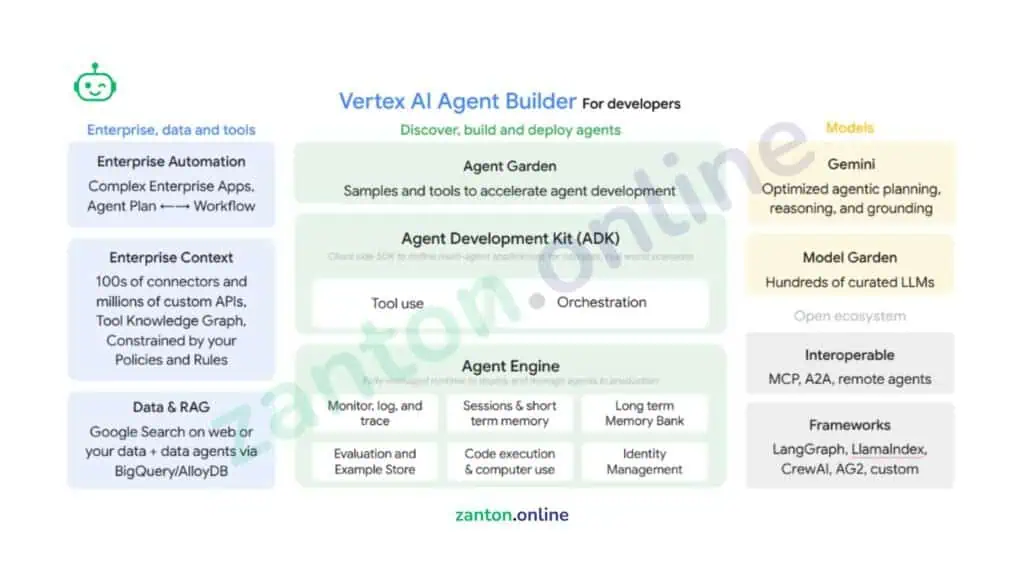
The demand for AI agents has exploded in 2025, especially multi-agent systems that can:
- Automate workflows
- Process data
- Generate content
- Support customer service
- Orchestrate large teams of AI tools
Here’s why ADK is special:
- Part of Google Vertex AI: Native integration with Google infrastructure.
- Scalability: Runs multi-agent systems at enterprise scale.
- Flexibility: Works with LLMs, APIs, and external data.
- Ease of use: Available as a no-code AI agent builder.
Step‑by‑Step: Build Your First Agent Workflow with ADK
This tutorial shows you how to create a multi‑agent workflow step‑by‑step.
Step 1: Install and Set Up ADK
- Sign up for Google Cloud Platform.
- Enable Vertex AI.
- Download the Agent Development Kit.
- Follow the Vertex AI Agent Builder Documentation for environment setup.
Step 2: Define Your Task
Example: Build a content research agent that summarizes top articles and passes results to a content writer agent that drafts blog posts.
Step 3: Create Your First Agent
- Use the no-code AI agent builder interface in Vertex AI.
- Choose an LLM (Gemini, PaLM, or other models).
- Define the task (e.g., summarize blogs).
Step 4: Add a Second Agent
- Create a second agent (e.g., “Writer Agent”).
- Connect it to the first one so outputs flow smoothly.
Step 5: Deploy Multi-Agent Workflow
- Use ADK orchestration tools.
- Run end-to-end testing in Vertex AI agent engine.
- Deploy to production with scaling support.
Step 6: Monitor and Improve
- Track performance metrics using Vertex AI dashboards.
- Adjust prompts, roles, and agent logic.
By following these steps, you move from a single AI assistant to connected AI teams.
Key Tools Inside Agent Development Kit ADK
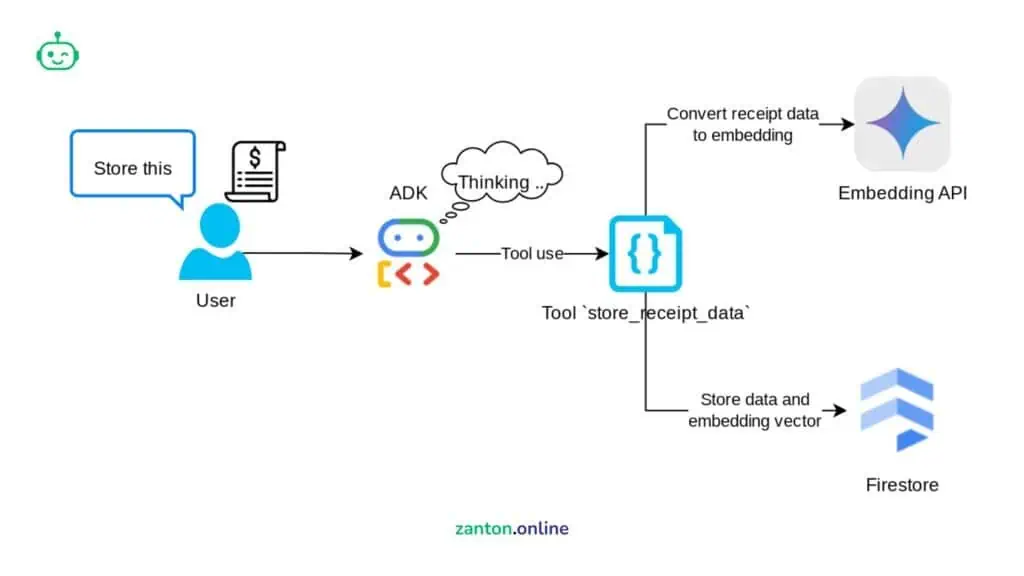
Here’s a breakdown of what you get in ADK:
- Workflow Orchestrator: Manages how agents interact.
- Task Manager: Allocates tasks among agents.
- Google Cloud Integration: Direct links with APIs, storage, and data pipelines.
- No-Code Agent Builder: Drag‑and‑drop interface.
- LLM Connectors: Gemini, PaLM, and third-party models.
ADK vs Agent SDK: What’s the Difference?
| Feature | ADK (Agent Development Kit) | Agent SDK |
|---|---|---|
| Purpose | Build AI multi-agent workflows | Build individual AI agents |
| Focus | Collaboration and orchestration | Single-agent development |
| Best Use | Teams of agents (researcher, writer, planner) | Simple chatbot or standalone AI agent |
| Tools | No-code builder, Vertex AI engine, workflow manager | Developer libraries, APIs |
| Users | Businesses, enterprises, no-code developers | Technical developers, programmers |
In short: ADK is for managing groups of agents. SDK is for individual agents.
Pricing: Vertex AI Agent Builder
Google offers flexible Vertex AI agent builder pricing:
- Free AI agent builder tier: For small projects and learning.
- Pay-as-you-go: Based on API calls, LLM usage, and storage.
- Enterprise plans: For high-scale workflows.
Google AI Agent Builder: No-Code Development
The Google AI Agent Builder is included inside ADK and Vertex AI.
Benefits:
- Drag-and-drop workflow building
- No programming needed
- Perfect for business teams who want agent automation without coding
Multi-Agent Workflows: How They Work
Think of multi-agent workflows as assembly lines. One agent’s output becomes another agent’s input.
Example:
- Research Agent → Finds information
- Planner Agent → Creates structure
- Writer Agent → Drafts content
- Reviewer Agent → Improves accuracy
This system is more efficient than one large model doing all tasks.
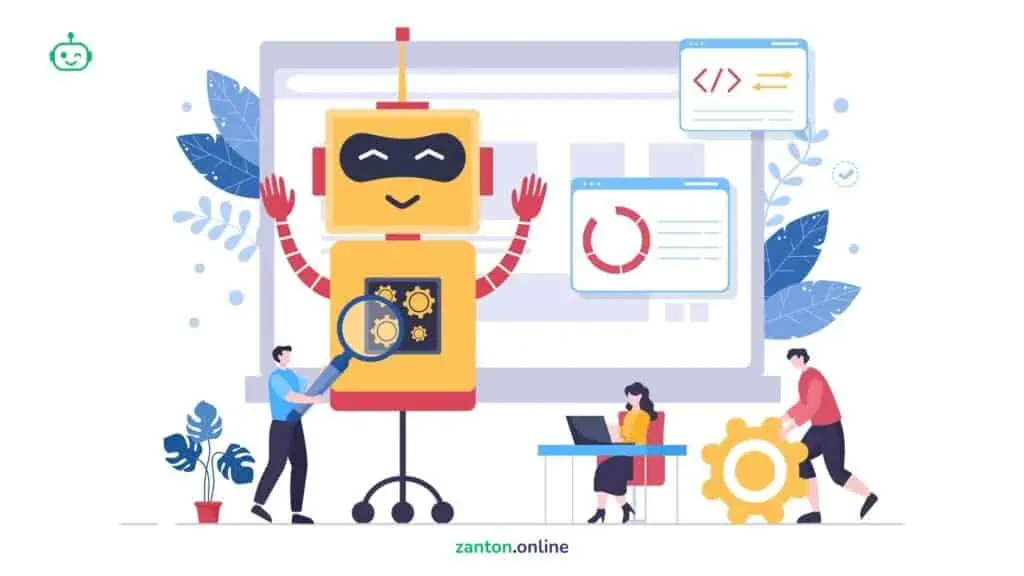
Vertex AI Agent Builder Tutorials
If you want to go deeper:
- Vertex AI Agent Builder Documentation explains setup, APIs, scaling.
- Vertex AI Agent Builder Tutorial guides beginners with examples.
- Free AI Agent Builder options let you test at no cost.
Advanced Topics in ADK
- Level 3 AI Agents: Fully autonomous, capable of reasoning and decision-making without constant human supervision.
- A2A (Agent-to-Agent) communication: Direct dialogue between agents.
- Integration with external APIs: Agents can fetch web data, call APIs, and connect to enterprise tools.
FAQs: Agent Development Kit ADK
How to Use the Agent Development Kit?
Download ADK from Google, set up Vertex AI, build workflows, and connect agents step by step.
What is the difference between ADK and agents SDK?
ADK is for multi-agent workflows, while SDK is for single-agent development.
What is AI agent development?
AI agent development means creating intelligent programs that can act, plan, and collaborate.
What is the difference between A2A and ADK?
A2A means agent-to-agent messaging, while ADK is the whole kit to build workflows.
What are level 3 AI agents?
Level 3 agents are autonomous agents that can reason and act independently.
What is the salary of an AI agent developer?
In 2025, AI agent developers earn on average $120,000–$160,000 annually, with higher salaries in top tech firms.
Is ChatGPT an AI agent?
Yes, ChatGPT can be considered an AI agent, but it’s a standalone model, not a multi-agent system.
What is the difference between Autogen and agent SDK?
Autogen is for self-improving agent workflows, while SDKs provide manual development tools.
What is the difference between MCP and ADK?
MCP (Model Context Protocol) is about data exchange between models, while ADK builds full agent workflows.
What is Adk Web?
ADK Web is a web-based interface for ADK inside Vertex AI, where users can design and deploy workflows.

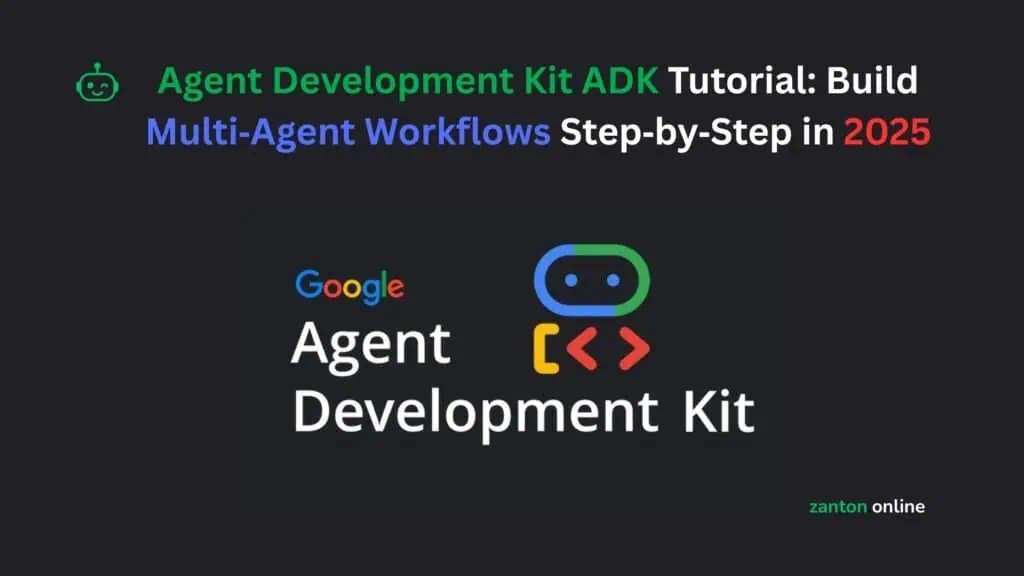
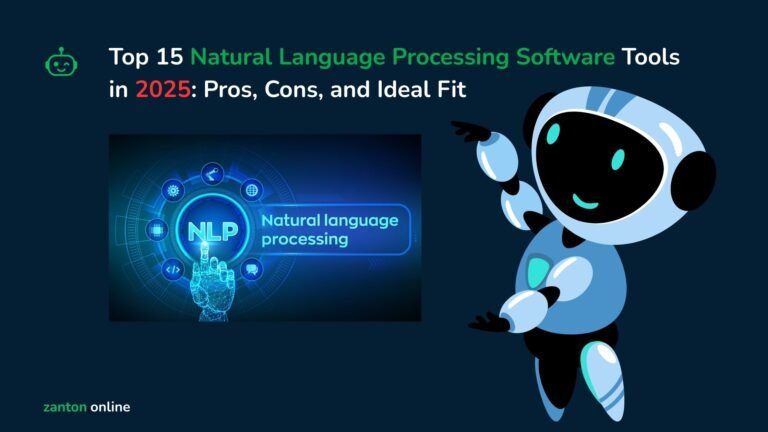



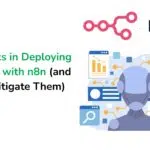
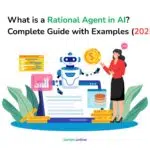
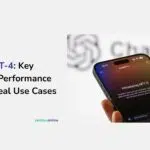
[…] ChatGPT runs on GPUs and cloud hardware, not quantum […]